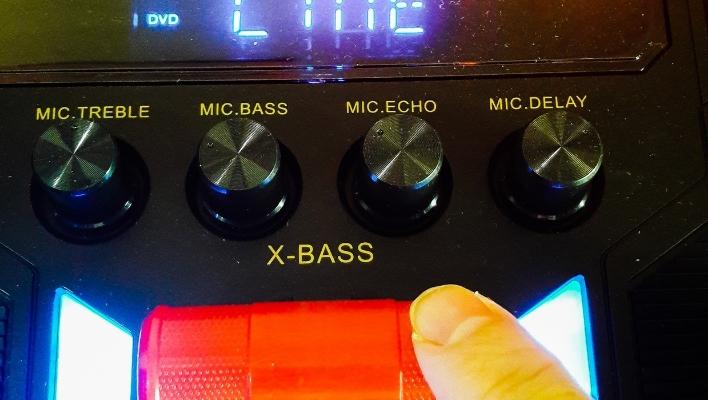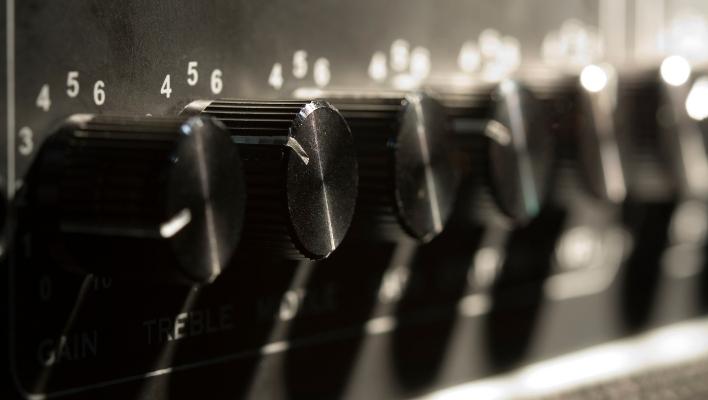If you love to listen to loud and crisp music, then you need to have a good amp in your car stereo or home audio setup. A high-quality amplifier helps to amplify the sound signal without altering it while allowing you to enjoy your music just the way the artist intended.
Unfortunately, this important device is prone to failure, and tends to break down every once in a while. Pioneer units are especially notorious for giving out an amp error due to several reasons. If you own or have used a Pioneer amp before, then you might have come across the Pioneer amp error. So what does amp error mean on a Pioneer radio?
In today’s article, we’ll provide you to diagnose the most common problems associated with Pioneer amplifiers and provide you some helpful troubleshooting tips. That said, ensure to read this article till the end!
What does Pioneer amp error mean?
Amp error is not an uncommon occurrence, and many car owners face this kind of problem now and then. The error is associated with the Pioneer amplifier inside your deck, and it is may be caused by a bunch of reasons. To pinpoint the exact reason(s) that may be causing the amp error, you may want to inspect the amplifier to arrive at a specific conclusion.

Brown fuses and underlying wiring issues are by far the most common causes of amp error on Pioneer car radio. The good thing is that the issues are easy to troubleshoot, and some are easy to fix even without the help of a professional.
Common Causes of Amp Error
Wiring problems
As noted earlier, wrong wiring is one of the common reasons that may lead to amp error. In general, car amps come with several wires, including the speaker wires, the red power wire, remote turn-on wire, and the ground wire.
If any of these wires become loose or disconnected, it may interfere with the normal functioning of the amp. Furthermore, if the loose wires accidentally come into contact, they may result in a short circuit. In general, these wiring issues will often appear as an amp error message on your head unit.
Blown Fuse
Most car audio amplifiers come with a fuse installed already. In addition, you can opt to install a separate fuse anywhere between the amplifier and car battery. Now, if the fuse is blown, your amplifier will not turn on, and instead, it will give out an amp error. The common reasons for a blown fuse include;
- Using the wrong size fuse
- Issues with the ground wire
- Underlying amp issues that may cause it to overheat
Internal amplifier issues
If you’ve ruled out wiring issues or blown fuses, then an internal amplifier issue could be the reason behind your amp error. The problems could range from a minor issue such as obstruction by a foreign object to complex ones such as clipping.
Amplifier clipping occurs when there is a conflict between the amp power and power supply voltage. When this happens, the amplifier is forced to work beyond its limit by making it generate more power than it’s capable of. If you constantly push the amplifier to its limit, you’re bound to experience a number of undesired side effects, including intermittent amp error.
Incompatible power ratings
Now, all audio devices come with different power ratings, which indicate the amount of power they can safely handle. If you use your amplifier with the wrong rating, i.e., too high or too low, your unit won’t work as intended, and it can also make your amplifier fail altogether. Furthermore, if your amplifier is considerably more powerful than your speakers, it can make them burn out more often than usual.
How to get rid of Pioneer amp error

i. Check your wires
Double-check your amplifier wire and ensure that they are not loose and that they are all plugged in properly. If the amplifier still gives out an error, then the problem could be rooted deep inside the power supply. Ensure to test the power cord to get to the root cause of the problem. Sometimes you might discover that it is merely a loose cable, which should be relatively easy to fix.
You may also want to check for any burnt or broken wire as well as any other thing that appears misplaced. Any wiring that looks out of place could be the reason behind the amplifier malfunctioning or producing the error message. As such, if you notice any sign of damage on the connecting wires, consider replacing them immediately.
On the same note of wiring, it is also advisable to find a way to secure the wires to prevent them from coming into contact with each other, and to keep them out of the way. You may also want to consider replacing your RCA plug cables with new ones to see if it will solve the problem. If the new wires don’t result in an error, chances are the old cables were faulty, and probably you should not have any further issues.
ii. Replace any blown fuse
If your amp error is a result of a blown fuse, the only way around this is to replace the fuse. Once you’ve located the fuse, you can use a multimeter to detect if there is electrical current flowing through the fuses. If there’s nothing wrong with the fuse, then the multimeter should be able to show the stipulated ohm reading.
On the other hand, if the multimeter does not produce any reading after touching the fuse, then you can be sure that the fuse is blown. When replacing the fuse, you may want to ensure that it is identical to the damaged one.
You’ll also need to ensure that the replacement fuse features the same amperage rating to avoid blowing or under powering your new fuse. As such, always ensure to check your user manual for the correct fuse sizing before buying one for your amplifier.
After replacing the fuse, you can plug your amplifier back and observe how it behaves. If the amp error clears, then you have solved the problem.
Note: Always remember to turn off the amplifier and battery before handling the fuse or any exposed wire.
iii. Matching your amp power rating
Under powering the amplifier is the most likely culprit of amp clipping. If this is the case, you may want to compare the power rating between your amplifier and the speakers and upgrade or downgrade accordingly. You may also want to consider removing extra speakers or other devices that may be overpowering your amplifier.
iv. Fixing underlying internal amp issues
If you have had your Pioneer radio for quite some time now, chances are some of its internal components are worn out or damaged. If you’ve ruled out all the above mentioned issues and have ascertained there’s no short circuit, then you can try to disassemble the amp to try and find any internal issue. You may want to consider a professional check the amplifier for proper diagnosis, and to see if it will help clear the error.
Conclusion
There you go! We hope that this guide has been helpful in dealing with unruly Pioneer amp error. If you’ve done all the above tricks and nothing seems to work, probably your entire setup is at fault, or the amplifier is permanently damaged and needs replacement.
Pioneer radio amp errors may be caused by several reasons, and they may vary depending on the type of Pioneer amp you are using. The error often results from incorrect or loose wiring but can also result from your overall settings.
Fixing the faulty wires, replacing the amplifier’s components, or sometimes changing the settings could suddenly turn things around. You can also try to reset your head unit touchscreen to factory settings, and see if it will help clear the error.
